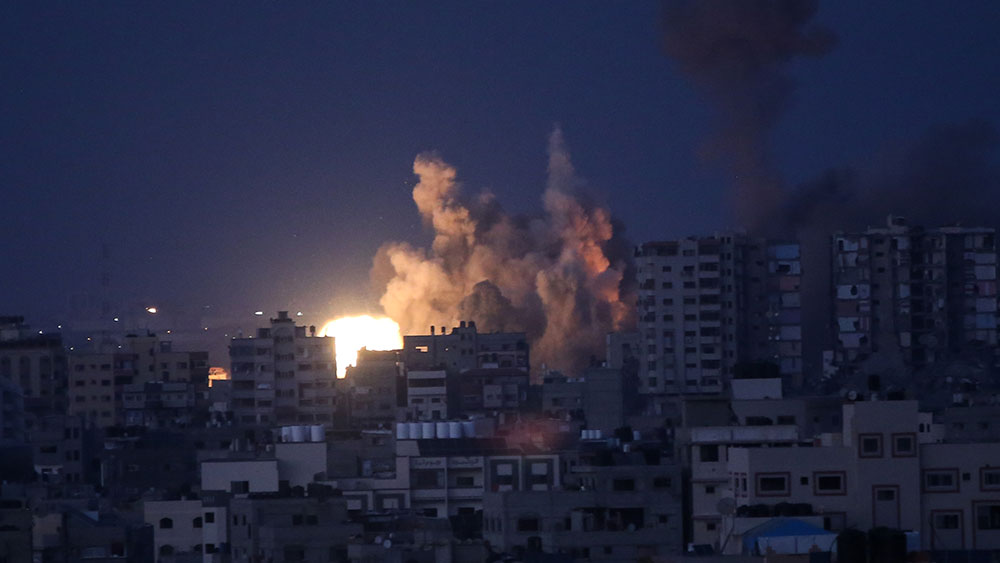
- Life expectancy in Gaza dropped from 75.5 to 40.5 years due to Israel’s military offensive.
- The study excludes indirect deaths from famine and destroyed hospitals; the actual toll is likely to be far higher.
- 90% of Gaza’s population displaced, 44% of verified deaths are children.
- U.S. arms support and siege tactics are raising ethical and legal concerns.
- Lancet data questions proportionality, exposing a humanitarian catastrophe with lasting generational trauma.
A humanitarian catastrophe unfolds
The study’s findings underscore the devastating human cost of the conflict, particularly for Gazan civilians caught in the crossfire. Life expectancy losses were even more severe for men (51.6%) than women (38.6%), reflecting the disproportionate killing of males in military-aged groups. However, women and children have borne the brunt of indirect suffering, with reports of widespread malnutrition, destroyed hospitals, and Israeli snipers targeting civilians. The Lancet researchers caution that their estimates are conservative, as they exclude missing persons, those buried under rubble, and fatalities from war-induced deprivation. “Actual losses are likely to be higher,” the study warns. “Even more importantly, our results do not include the indirect effects of the war on mortality.” The World Health Organization expressed concerns that Gaza Strip residents — approximately 22,500 individuals — have experienced "life-changing injuries" requiring long-term rehabilitation services. "The huge surge in rehabilitation needs occurs in parallel with the ongoing decimation of the health system," said Richard Peeperkorn, who serves as the WHO Representative in the occupied Palestinian territory, in a statement to The Telegraph. "Patients can't get the care they need." Israel’s military operations, backed by American weapons and diplomatic support, have ravaged Gaza’s infrastructure. Over 90% of the population was displaced, and the UN reports that 80% of verified deaths occurred in residential areas. While Israel disputes Gaza Health Ministry figures, calling them Hamas propaganda, independent analyses—including a UN review—found no evidence of data inflation. The UN Human Rights Office confirmed that 44% of the dead were children, with the highest death rates among those aged five to nine.Questioning the cost of war
The October 7 Hamas attacks, which killed 1,200 Israelis and took 250 hostages, initially galvanized global sympathy for Israel’s right to self-defense. However, the scale of Gaza’s devastation—now quantified by The Lancet’s life expectancy collapse—has prompted scrutiny of whether the military response aligns with international law and moral imperatives. The campaign’s indiscriminate bombings and siege tactics have collectively punished civilians. The ethical implications extend to U.S. policy, as Washington continues supplying arms to Israel despite mounting evidence of mass civilian harm. While condemning Hamas’ brutality, human rights groups question whether unconditional military aid makes America complicit in violations of proportionality. A path forward remains uncertain. Though recent ceasefires have temporarily halted fighting, The Lancet’s data exposes a deeper reckoning: even wars against terrorism must consider their human toll. The Lancet study offers a grim metric for Gaza’s suffering: a life expectancy slashed in half, a population pushed to the brink. Beyond statistics, it reflects a generational trauma with no easy resolution. For policymakers and the public alike, the figures demand an uncomfortable question: At what point does defense become devastation? Sources for this article include: FreeWestMedia.com TheLancet.com Telegraph.co.uk PennToday.UPenn.eduBy Finn Heartley // Share
Israel’s far-right minister says GOP backers endorse bombing Gaza’s aid depots
By Cassie B. // Share
Trump warns Zelensky: Accept peace or risk losing Ukraine
By Cassie B. // Share
Trump administration imposes new port fees on Chinese-built ships
By Laura Harris // Share
Greek study shakes global health narratives: Nearly half of COVID deaths not linked to virus
By Willow Tohi // Share
How Meta’s “free” AI assistant turns private conversations into profit
By isabelle // Share
Texas Gov. Greg Abbott signs school choice bill into law
By lauraharris // Share
U.S.-U.K. trade deal unveiled: A new chapter in economic relations amid global uncertainty
By bellecarter // Share
New Hampshire makes history as first state to establish strategic Bitcoin reserve
By lauraharris // Share











